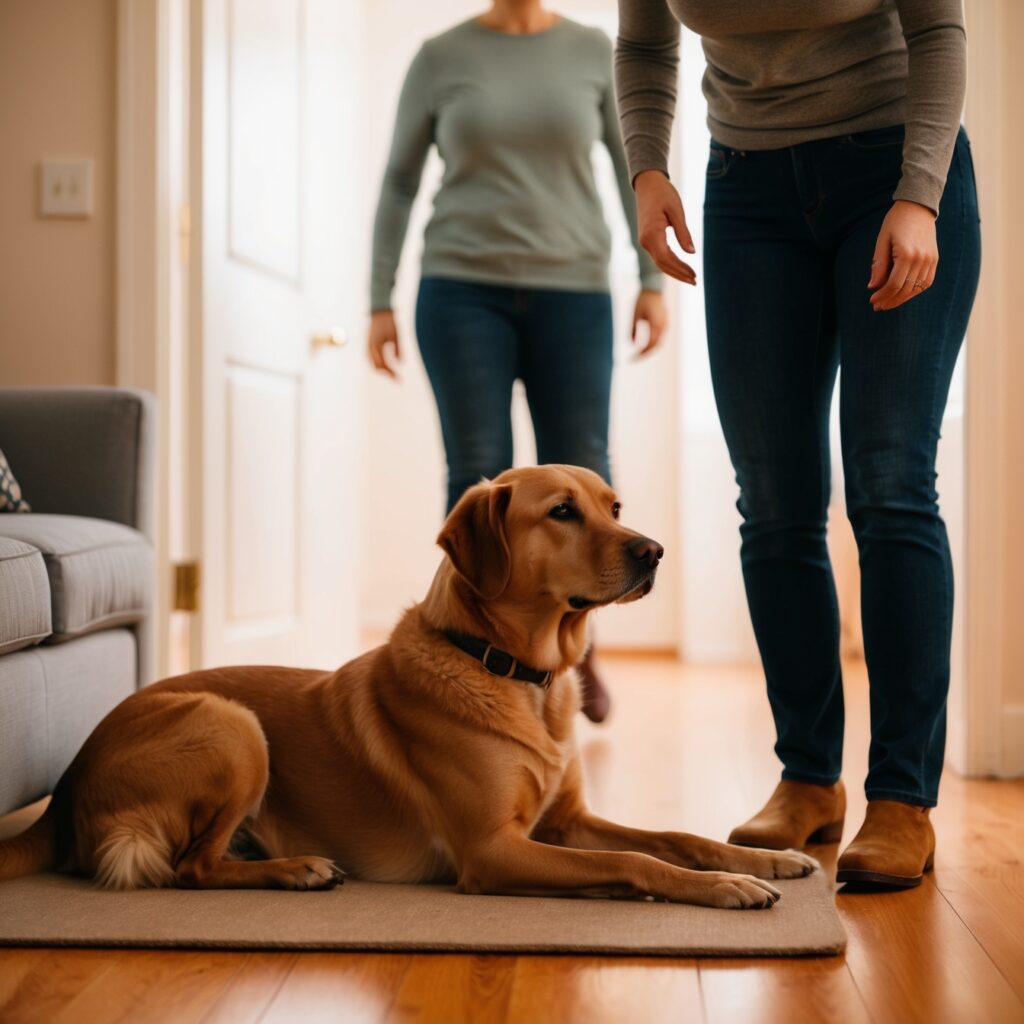Separation anxiety is a common issue among dogs, affecting pets of all breeds and ages. It’s a condition where a dog experiences distress when left alone, which can lead to destructive behaviors and emotional distress for both the dog and the owner. Fortunately, with the right understanding and techniques, you can help your furry friend overcome this anxiety and feel more comfortable in your absence.
Understanding Separation Anxiety in Dogs
Separation anxiety in dogs is often caused by a deep attachment to their owners. When left alone, these dogs may feel abandoned, confused, or even frightened. Some dogs are more prone to separation anxiety due to past traumas, changes in living situations, or a lack of early socialization. It’s essential to recognize the symptoms and understand why your dog may be experiencing this issue.
Signs of Separation Anxiety
Dogs with separation anxiety may display a range of behaviors. While each dog is unique, here are the most common signs:
- Excessive Barking or Howling
Dogs with separation anxiety may bark or howl persistently when left alone. This behavior is usually driven by stress rather than boredom and may start soon after you leave. - Destructive Chewing or Digging
Chewing furniture, shoes, or walls is a frequent behavior of anxious dogs. Digging at doors or windows is also common, as the dog may attempt to escape and reunite with their owner. - Pacing and Restlessness
Some dogs may repeatedly pace in specific patterns or circles when left alone. This behavior often indicates distress and an inability to relax without their owner. - Indoor Accidents
Dogs with separation anxiety may have accidents indoors, even if they’re house-trained. Stress can affect their ability to control their bladder or bowels, especially if they’re left alone for long periods. - Attempts to Escape
In severe cases, dogs may attempt to escape confinement by scratching doors, damaging window screens, or even injuring themselves. This behavior often reflects the dog’s desperation to find its owner.

Solutions for Separation Anxiety in Dogs
Helping a dog overcome separation anxiety requires patience and consistent effort. Here are effective methods to support a calm, confident dog when you’re not around:
- Establish a Routine
Dogs thrive on routine. Keep your dog’s daily schedule consistent, including feeding, walks, and playtime. When they know what to expect, they’re more likely to feel secure. - Practice Gradual Desensitization
Gradually train your dog to tolerate longer periods alone. Start with short absences of just a few minutes and gradually increase the time. Avoid making a big deal when you leave or return, as this can heighten their anxiety. - Create a Safe Space
Provide a comfortable, secure area where your dog can relax while you’re away. Some dogs feel safer in crates, while others prefer a specific room or area. Use cozy bedding, toys, and calming music to create a peaceful environment. - Introduce Calming Tools
Calming aids like pheromone diffusers, anxiety wraps, or pet-safe calming sprays can help reduce stress. Chew toys or puzzle feeders can also keep your dog entertained and distracted when you’re gone. - Seek Professional Training or Support
If separation anxiety persists or is severe, consider consulting a certified dog trainer or a veterinary behaviorist. They can provide customized advice and support, such as specific desensitization techniques or training programs. - Exercise and Mental Stimulation
Tired dogs are more likely to relax in their owner’s absence. Ensure your dog gets enough physical activity and mental stimulation each day. Interactive toys, puzzle feeders, and obedience training can all help tire your dog out.
How to Make Leaving and Returning Calm Events
Avoid making a big fuss when you leave or come back, as this can increase your dog’s anxiety. Keep your departures and arrivals low-key, and wait a few minutes before giving your dog attention when you come home. This practice teaches them that your absence isn’t something to worry about.
Final Thoughts
Addressing separation anxiety can take time, but with consistency and care, you can make a positive difference in your dog’s life. By understanding their feelings and providing structured solutions, you’ll help your dog feel more secure and comfortable, even when they’re alone. Remember, patience and empathy are key.



